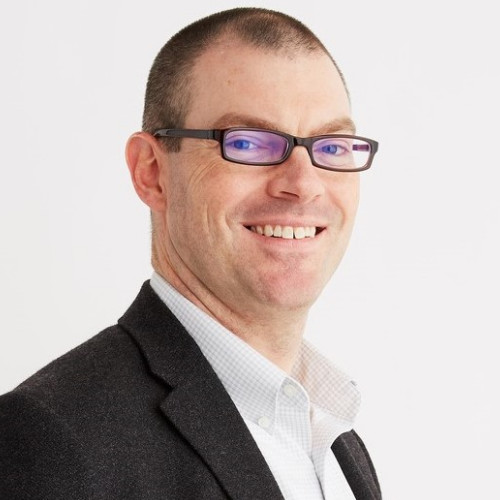Tim Carey
Director of Data and Performance Analytics , Bane Care Management LLC
Can you tell us a little bit about your background, and how you ended up in your current role?
Prior to working at BaneCare Management, I was a Business Analyst and then a Project Manager at a local community hospital for 5 years. While I was a Business Analyst/Project Manager, I worked very closely with the operational and clinical teams and the staff within the IT department. By working with those different groups, I was able to learn about the operations as well as the technical/data detail information. I helped standardize a system wide Readmissions Dashboard to help reduce 30-day hospital readmissions, worked as the project manager for data analytics on the CMS Bundled Payment Program (11 unique bundles) and also partnered with the chief of police from East Bridgewater to improve two different database evaluation programs in the community to help manage the ongoing opioid crisis. After 5 years at the hospital, I was looking to grow in my career and an excellent opportunity came at BaneCare Management. Moving from the hospital industry to the skilled nursing industry was interesting, challenging and there was so much to learn (like drinking from a fire hose). It was a challenge that I wanted to take on and learn everything that I could about the skilled nursing industry. I am now applying my knowledge that I learned at the hospital to the work that I am currently doing within the skilled nursing industry and improving my skills and knowledge along the way.
What is the biggest challenge you face within your role today, and how are you looking to tackle it?
In my world of data and analytics, some of the care coordination challenges that we face are around data integrity. At BaneCare, we work extremely hard to provide accurate data. When we meet with organizations that we work closely with, there are times where our data on patients’ care events doesn’t match up. For example, we once met with a hospital and an ACO who both monitor patient events in their EHR. The hospital and ACO saw that one patient was documented as being discharged home with VNA services when that same patient was actually receiving care at one of our skilled nursing facilities. This fragmented data for the hospital and ACO creates various challenges, especially for the clinical staff who are responsible for following patients during their care journeys. At BaneCare, we are continuously stressing the importance of proper communication and leveraging standardized data files and data sharing. In order to have accurate data, everyone needs to make sure that the data going into their systems is being documented correctly or we all face the challenge with “Crap In, Crap Out”.
Biggest Success you achieved for 2018/ 2019 so far?
My biggest success that I achieved in 2018/2019 was that I created a standardized data sharing file with one of our ACO’s that we work very closely with. That data sharing file ended up being adopted by the ACO and now all their preferred SNF’s are using the same template for their own data sharing file. This is helping all of us collect the right data in the right way and be able to analyze outcome metrics and processes all in the same exact way (apples to apples). This work is constantly being looked at for improvement opportunities and I am always pushing to make the process more automated and less time spent manually tracking the data.
What are your Key Objectives for attending the upcoming event?
-
- I want to learn what other organizations are doing to master the basics. I see a lot of organizations jumping to the next flashy thing (AI as an example), but then failing to do the basics better than the rest. How do we all improve the basics, so all levels of staff (especially clinical staff that are now in leadership positions) can utilize data analytics in a simple and easy to use way? I come across a lot of clinical leadership who have never even seen a pivot table before. That is the basics that I am talking about. I am all for the innovative work that is being put into AI development. I just see a real need for the basics to be raised, especially in the healthcare industry.
- I would like to hear how other healthcare organizations are utilizing self-service analytics - What barriers have they come across with self-service analytics and what are they doing to address those barriers?
- I am looking forward to meeting and networking with others in the analytics market and learn where I can help and where I can learn. I am always looking for opportunities to improve my analytics skillset and share with others what I have learned through my own journey.
Which connections or content sessions, are you looking to engage with most at the event?
-
- Linda Assley’s Presentation: Managing Your Internal Customers - Becoming a Trusted Consultant Within Your Organization
- Panel: To Hire or Train - How Can We Create Analytic and Data Science Teams that Understand Business and Operational Value?
- Learning Lab B: Deploying Self-Service Analytics That Work (And Are Actually Used)
- Presentation: Implementing Data Catalogs for a Complete View of Your Data Assets
- Salah Zalatimo’s Insider Session: The Customer's Data is Always Right – Building a Customer-Centric Analytics Culture Across the Organization
- William Chen’s Presentation: Structuring the Data Science and Analytics Division to Scale with The Organization



